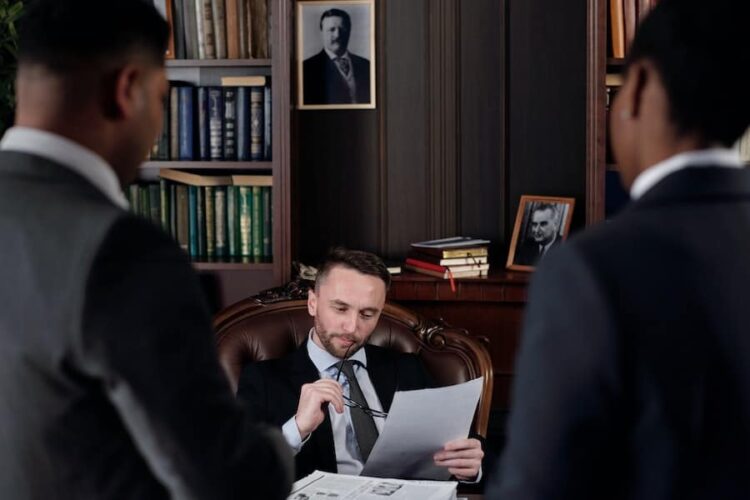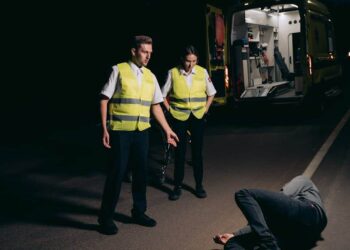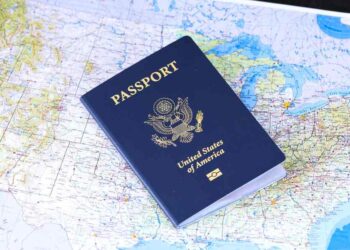Personal injury cases are on the rise due to increasing incidents of negligence, from traffic accidents to workplace safety violations. It is alarming to note that more than 400,000 personal injury cases are litigated in the USA annually. In 2019, California alone saw more than 220,000 such cases filed in the courts of law. For instance, in San Jose, thousands of people seek economic and non-economic relief annually after a personal injury every year.
Understanding the legal procedure can be quite a task when you are in an unfortunate scenario of a personal injury. There is always confusion about what to do! So many questions may pop up in your mind. Additionally, there is an added emotional and financial stress. Under the circumstances, it is challenging to keep a calm mind and steer the situation to your benefit. Seeking counsel from a reputable personal injury law company becomes critical in such circumstances.
If you are in such a situation, you must grasp the vital papers necessary to improve your personal injury case. As discussed, navigating the complexity of personal injury litigation is challenging, so you should opt for an attorney. But before you hire anyone, ensure this personal injury law firm has vast experience in managing such cases. The firm should have the required skills and should be able to support you throughout the legal process.
That being said, in this blog, we will outline 5 key documents you will need for your personal injury case.
1. Incident Report:
The incident report is one of the most important papers you will need for your personal injury lawsuit in San Jose. This report will serve as an official record of the occurrence that resulted in your injuries. Remember that completing an incident report as quickly as possible after any personal injury incident is essential.
But what does an incident report include? The incident’s date, time, and location are often there in this report. Additionally, it has details regarding the people involved, witnesses, and the surrounding at the time of the incident. How is this helpful? This report is a golden document! It aids in providing a precise sequence of events and is vital evidence in establishing liability.
For instance, if you have had an injury due to a vehicle accident or any other event, you can contact the Police Department for a report. Similarly, if the incident takes place on private property, request the property management to create an incident report. It might seem a little overwhelming to you – but don’t worry if you have hired a personal injury law firm, as they can guide you through the entire process.
2. Medical Records:
Medical records are essential to any personal injury case, no matter which part of the world you are in. These documents record your injuries, treatment, and related medical expenditures. Collecting these records is necessary to determine the degree of your injuries and their connection to the accident.
Experienced personal injury lawyers suggest keeping all details organized and accessible, as this can strengthen your case significantly. Thorough documentation will help demonstrate the full impact of the injury and support your claim for compensation.
Hospital admittance reports, emergency department records, physician notes, diagnostic test findings, treatment plans, and billing statements are all examples of medical reports. Now, why are these useful? Imagine the jury asking you to provide evidence for the injury you had and the treatment that was done. What would you do then? These medical records will be your savior at that moment. Additionally, your compensation amount will be based on the amount you have spent on medical expenses.
3. Insurance Policies:
Understanding and acquiring applicable insurance policies is crucial if you have a personal injury in San Jose. Insurance policies can provide potential compensation for damages and losses. Analyzing all eligible insurance policies to assess available coverage and pursue a thorough claim is critical. For example, your auto insurance policy can cover Personal Injury Protection if you were wounded in a car accide nt. However, if the event occurs on another person’s property, their homeowner’s or general liability insurance may apply.
A personal injury legal firm can assist you in interpreting and utilizing these policies to your advantage. Additionally, they can help you negotiate with insurance carriers and secure a reasonable payment that covers medical bills, missed earnings, and property damage, if any.
4. Witness Statements:
Witness testimonies are equally essential as any other document in filing a personal injury case. Wondering why? It is because they give firsthand descriptions of events and incidents. Witness statements can assist in correlating your version of events. This, in turn, will strengthen your case as well! However, obtaining witness testimonies as soon as possible is crucial since memories fade and facts become less distinct with time.
With their agreement, witnesses can be recruited through interviews, written declarations, or recorded testimonies. Witness statements can provide essential facts about the sequence of events, persons involved, and incident conditions. It will support your claim and counter competing narratives.
5. Videos And Photographs:
Photographs and videos are other essential documents that strengthen a personal injury case. These documents can offer a visual picture of the accident or conditions that led to the damage. The photographs can be used to document property damage, vehicle location, dangerous situations, and the degree of problems.
Visual evidence can help bolster the case by presenting concrete proof of the incident’s impact and circumstances. Above all, don’t forget to take these photos and videos as quickly as possible to keep the authenticity. The legal team can assist you by creating correct statements and presenting them to the jury as needed. It will increase the likelihood of obtaining better compensation.
Having the correct documentation in a personal injury lawsuit can significantly affect your claim’s outcome. All the five crucial documents described in this blog will provide critical evidence to support your case. It is essential to seek the advice of a reputable personal injury legal firm specializing in such instances. Their knowledge and expertise will ensure you have all the required documentation to enhance your chance of receiving reasonable compensation. Remember that hiring an expert legal counsel is essential to obtaining a good outcome in a personal injury case.










